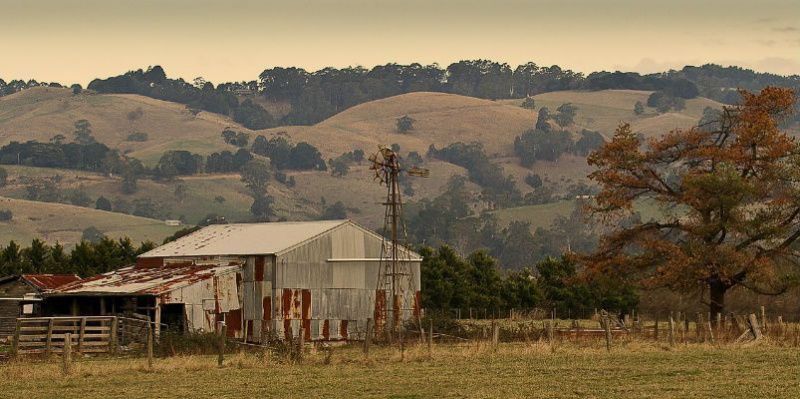Australian Dairy Farmers Demand Subsidies to Secure Industry’s Future

A 2023 study, led by researchers Esra Celik, Diana Bogueva, Clive J.C. Phillips, and Dora Marinova, delves into the challenges facing the country’s 11,200 dairy farmers. The survey, which captured insights from 147 farmers across Victoria, New South Wales, and Tasmania, revealed a growing call for subsidies to counteract rising production costs and sustain the industry amid global shifts.
The Call for Subsidies
Nearly 90% of surveyed farmers identified rising costs—fuel, electricity, fertilizers, and feed—as a critical issue. “Everything is going up, but milk prices aren’t keeping pace,” lamented a farmer from Victoria. This financial imbalance has forced many to rethink their future in dairy farming, with over 30% considering transitioning to alternative agricultural enterprises.
The demand for subsidies spans several key areas:
- Operational Costs: Farmers advocate for subsidies to offset the rising costs of production essentials, such as energy and feed.
- Disaster Recovery: With extreme weather events becoming more frequent, farmers are seeking emergency financial aid to recover from droughts and floods.
- Infrastructure Modernization: Grants for modern equipment and sustainable farming technologies are seen as vital to improving efficiency and adapting to climate change.
- Price Stability: Many farmers are calling for government programs to regulate milk prices and ensure fair, stable returns on their products.
“We’re competing with farmers in Europe and the U.S. who receive substantial government support,” noted a New South Wales farmer. “It’s time for Australia to level the playing field.”
An Industry at Risk
The study highlighted a troubling trend: dissatisfaction with the current state of dairy farming, exacerbated by physical and emotional strain. More than half of the farmers reported that the industry’s challenges negatively impact their mental health and family well-being. Labor shortages, cited by over 70% of respondents, further complicate daily operations, leaving many overworked and under-resourced.
Climate change poses another existential threat. Unpredictable weather patterns have reduced the availability and quality of pasture, while extreme events like floods devastate feed supplies. “During wet winters, stress levels spike as we struggle to find suitable places for our cattle,” explained a farmer from Gippsland, Victoria.
Despite these pressures, some farmers remain committed to the industry, driven by generational ties and a belief in dairy’s long-term viability. “We’re a six-generation dairy farming family, and it’s in our blood,” said one respondent. Others, however, are exploring alternatives like beef or horticulture but insist that financial incentives alone won’t guarantee a successful transition.
Policy Implications
The absence of subsidies has placed Australia’s dairy industry at a disadvantage on the global stage. The research underscores the need for immediate government intervention to preserve the sector, which is a cornerstone of the nation’s agricultural economy.
“We don’t just need financial support; we need a comprehensive strategy that includes investment in sustainable technologies and workforce development,” urged a Tasmanian farmer.
As policymakers deliberate, the message from farmers is clear: without subsidies and systemic reforms, the future of Australian dairy farming hangs in the balance.











